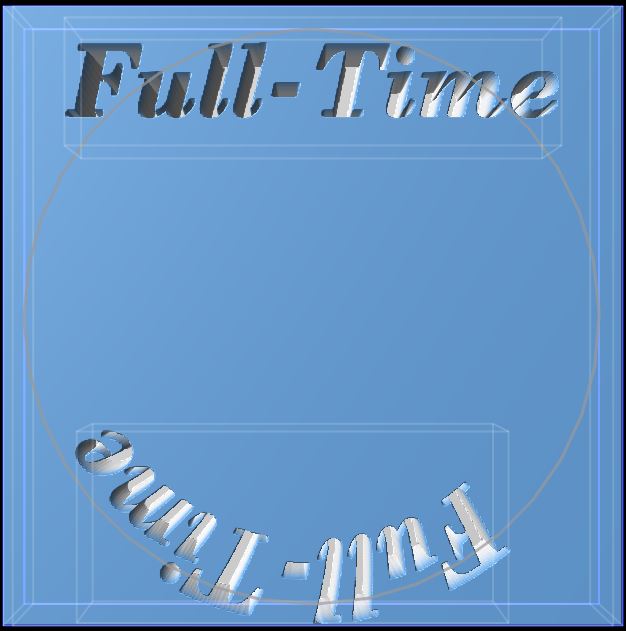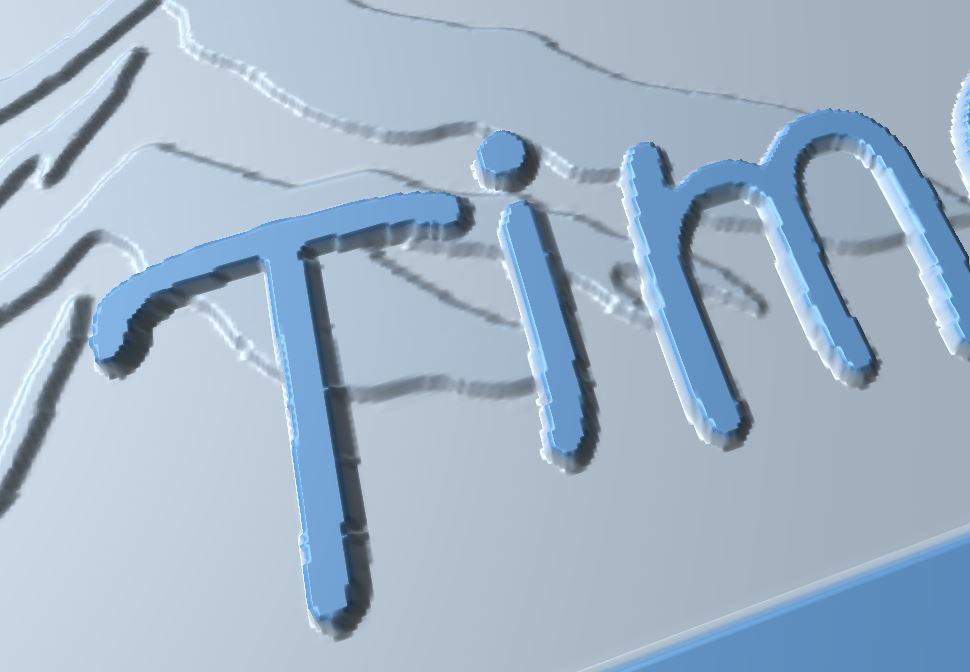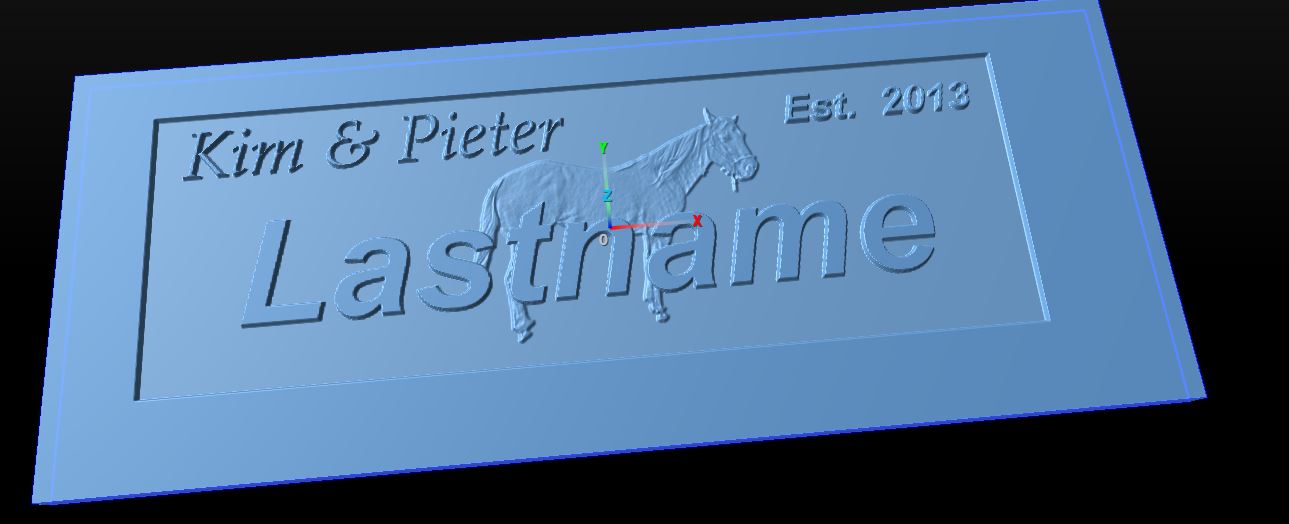Hi Charlie,
I was going to update my tool library. I have old tools I want to remove, also want to rename some existing ones. I need to add new ones. I know how to do all of this. My concern is all the projects I have done. I believe each project stores the tools needed for that job. How does the project recognize the right tool, is it by name, tool number, or some other way? By renaming or reordering does the project tools get messed up ? Hope that's clear enough...
Thank Joe



 Hi charlie : I'm stumped , I have two layers a raster layer of mountain and a text layer. I do a parallel rough pass first 1/4 EM. My second operation is with a round nose EM to clean up. I wanted to get a crisp outline on the letters like a Vbit profile but can't find the right operation order. The mountain in the back ground has varying heights . Any suggestions to point me in the right direction ? Is the profile operation that will be fixed in the next release the answer ?
Hi charlie : I'm stumped , I have two layers a raster layer of mountain and a text layer. I do a parallel rough pass first 1/4 EM. My second operation is with a round nose EM to clean up. I wanted to get a crisp outline on the letters like a Vbit profile but can't find the right operation order. The mountain in the back ground has varying heights . Any suggestions to point me in the right direction ? Is the profile operation that will be fixed in the next release the answer ?